
Stupid iOS 9 bug makes me regret buying an iPhone 6s [Updated]
The iPhone 6s is a great phone. Mine arrived on Friday and I’ll be reviewing it in the next couple of days or so. It has some very welcome improvements over my previous Apple phone -- the iPhone 5s -- and 3D Touch has the potential to be a real game changer.
However, my enjoyment of the new phone has been tainted thanks to an incredibly annoying bug that makes the iPhone 6s next to useless when out and about. In fact, when I went out for the day yesterday, I was forced to leave the shiny new iPhone 6s at home and take my aging Android phone with me instead.
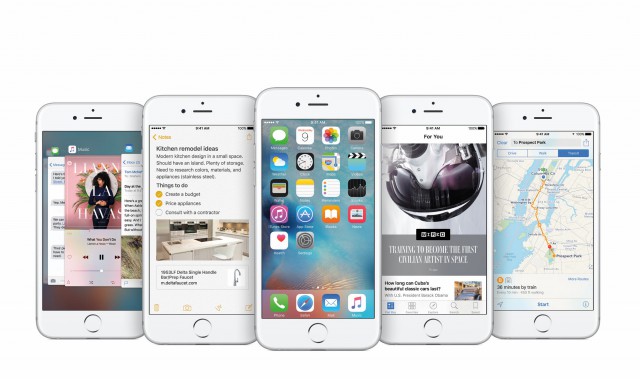
Apple admits iCloud problem has killed iOS 9 'app slicing'
One of the key features of iOS 9 -- and one of the reasons 16GB iPhones were not killed -- is app slicing. This innocuous-sounding feature reduces the amount of space apps take up on iPhones and iPads... or at least it does when it is working.
At the moment Apple has a problem with iCloud which is preventing app slicing from working correctly. The feature works by only downloading the components of an app that are needed to perform specific tasks on a particular device, but at the moment regular, universal apps are delivered by default.

OK, Google, make some Apple sauce
In my last post, I joke about the other five people who also bought Nexus 6 to make a broader point. Apple laps up positive PR—and rubs Android's nose in stinky sidewalk dog poop—by touting rapid iOS 9 adoption. Based solely on devices accessing the iTunes App Store, the number is 52 percent as of September 19. By the same measure, as of September 7, from Google Play: 20 percent of Androids run the newest version, Lollipop. iOS 9 released last week, and Android 5 arrived last year. Ouch!
Google shouldn't let the comparison stop there. The company should release Lollipop adoption data selectively, for stock Android devices like Nexus 6. That makes the comparisons to iOS more equal, being devices for which both companies control updates. Apples to, ah, Apple is more appropriate and responsive public relations management.
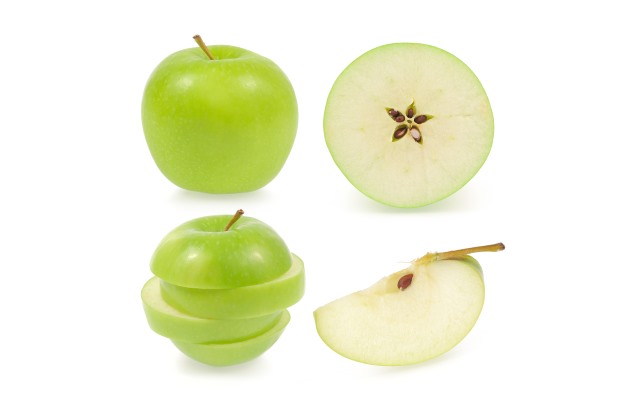
Is iOS 9 adoption REALLY 50 percent?
As has become the norm after a new iOS launch, Apple has been keen to crow about the high adoption rate for iOS 9. The company recently claimed that in just three days, more than half of iPhones, iPads and iPod touches had iOS 9 installed. Seems a little high? You're not alone in feeling that way. Has Apple massaged the figures about iOS adoption rates?
While there are many reasons to make the upgrade to iOS 9, the 50 percent figure is not in line with measurements from other sources. It's fair to say that only Apple has access to the real raw data, but Crittercism suggests that on the measurement date of 19 September used by Apple, adoption of iOS 9 was possibly less than half of what's been claimed.

iOS 9 adoption tops 50 percent in just 3 days
In an announcement that is mostly meant to remind us that its new iPhones go on sale on September 25 -- like we did not already know that -- Apple today reveals that iOS 9 has been installed on more than 50 percent of all iPhones, iPads and iPod touch devices currently in use.
That is a remarkable achievement, but it is even more impressive that iOS 9 reached this milestone just three days after its release on September 16. Apple says it is the "fastest iOS adoption ever".

AdBlock Plus defends ad blocking, applauds Peace, and backs Crystal for iOS
That a company behind an ad-blocking tool should defend ad-blocking should hardly come as a surprise, but that is precisely what has happened. Ad blockers have been much talked about since Apple opened up support for them in iOS 9. The now infamous Peace shot to the top of the download charts before it was pulled by its creator.
Now AdBlock Plus has come out in support of Marco Arment who developed something of a guilty conscience after his ad blocking creation proved so popular. Ben Williams from AdBlock Plus says "I really applaud this guy", going on to suggest that whitelisting and the Acceptable Ads feature of AdBlock Plus epitomize the "more nuanced, complex approach" Arment called for.

How bad is iOS 9 ad blocking for Internet advertising?
On Sept. 16, 2015, Apple released iOS 9, which enables users of iPad and iPhone to disable ads. The company claims the capability improves the overall user experience. As someone covering the tech industry for more than two decades, I perceive it as something else, too: Competitive assault against Google and means of pushing publishers to iOS 9's new News app. There is nothing friendly about Apple's maneuver. It is aggressive and tactical. But does it really matter?
Stated simply: More than 90 percent of Google revenue comes from contextual and search-related advertising. Apple derives about the same figure from selling devices and supporting services. At the same time, mobile is the future of Internet advertising and the battleground where the two meet. The entities' respective mobile platforms, Android and iOS, long ago put the tech titans on a collision course. Conceptually, what Apple can't gain from iPad and iPhone sales, it can take by shaking pillars supporting its rival's business.
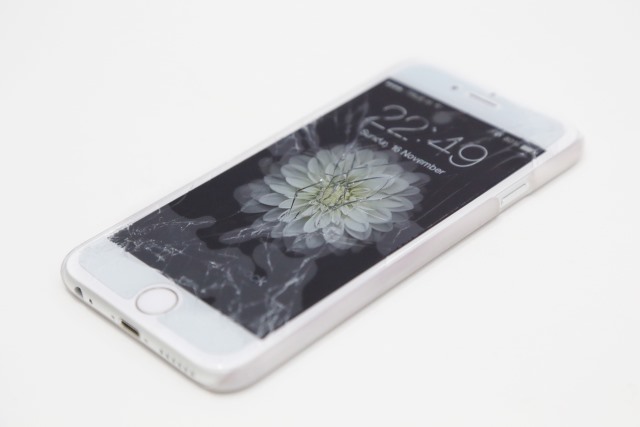
Has the iOS 9 Slide to Upgrade bug killed your iPhone? Here's what to do
iOS 9 may be just out of the gates, but it is already causing problems. Some people who have made the upgrade are complaining that the latest version of Apple's mobile operating system is laggier than the previous version, but some people have found they are not even able to complete the installation.
Upset users have taken to forums to complain that their iPhones have bricked by iOS 9. Many people found that their phone became stuck on the Slide to Upgrade screen with no obvious way past the roadblock. Apple refers to the symptom as "the Slide to Upgrade screen won't go away after you update to iOS 9", and there is a solution.

Shocking: Popular iOS 9 ad blocker 'Peace' pulled from App Store -- by creator!
Here at BetaNews we depend on ads to continue creating fabulous content. It is for that reason I have not been supportive of ad blocking on iOS 9 or any other platform. I'd be lying, however, if I said I'd never used such a plugin in the past.
I was quite dismayed, therefore, when the Peace content blocker for Safari rocketed to the top of paid apps on the App Store. This meant consumers were willing to pay to not see ads, but weren't willing to pay for content by viewing those ads -- counter-intuitive. Today, Marco Arment, the creator of Peace, announces he is pulling his popular app from Apple's App Store. Shocking! Apparently, he has a guilty conscience .
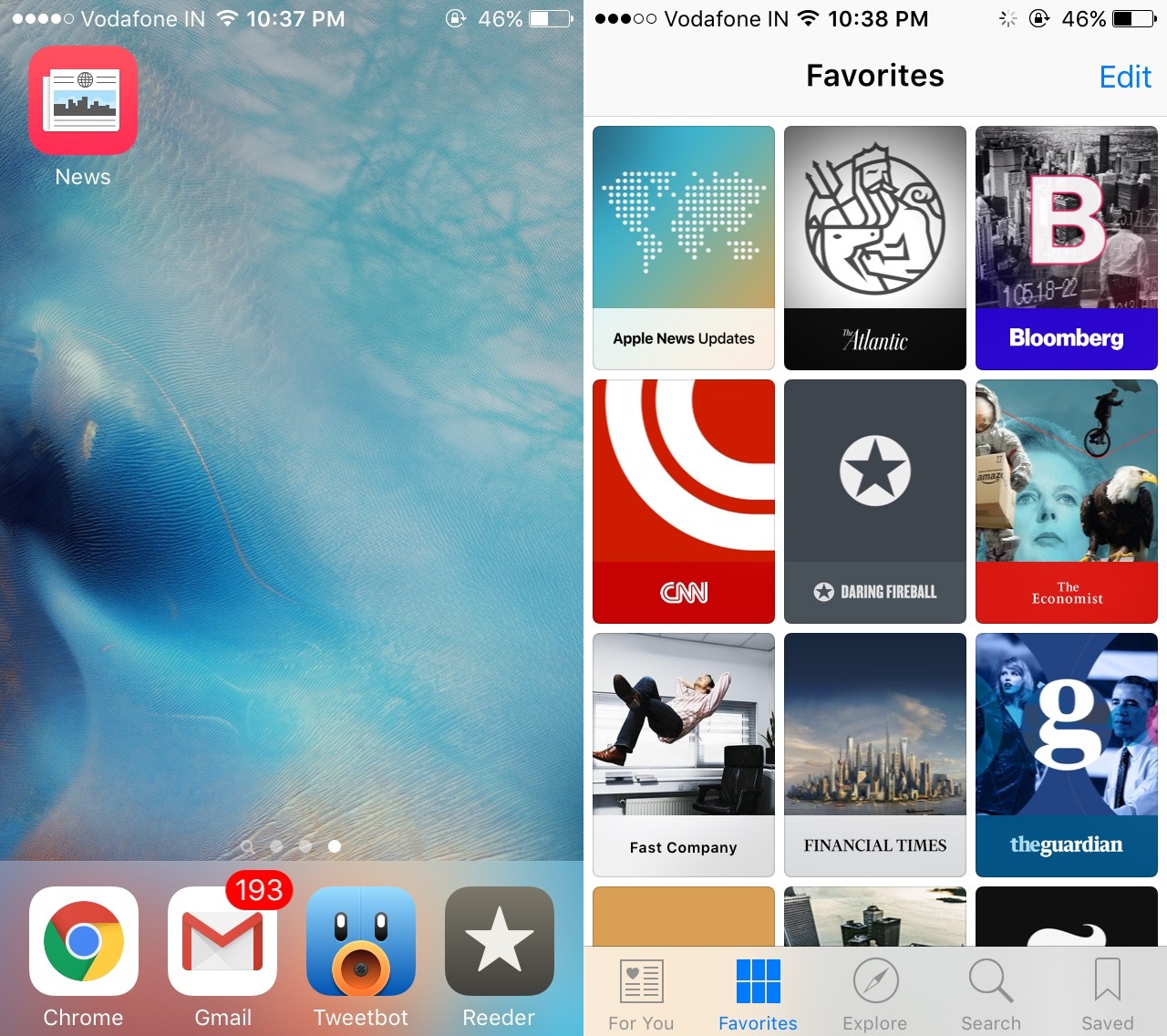
How to enable Apple News on iOS 9 outside United States
Apple, on Wednesday, released iOS 9, the latest software version of its mobile operating system. The iOS 9 update comes with a number of features including Apple News, a news reader app that works as an RSS feed fetcher. It's an interesting app as it allows immersive visual effects that are not available on any alternative. But if you live outside the US, you might not be able to use the app as it is not available for you yet. But there's a way you can get the app on your iPhone or iPad. Follow the instructions mentioned below.
The trick is very simple. You just have to change your region settings to the United States to make Apple believe you live there. Once done, you should be able to see the News app on your homescreen. Here’s the elaborate guide to get the News app on your Apple device.
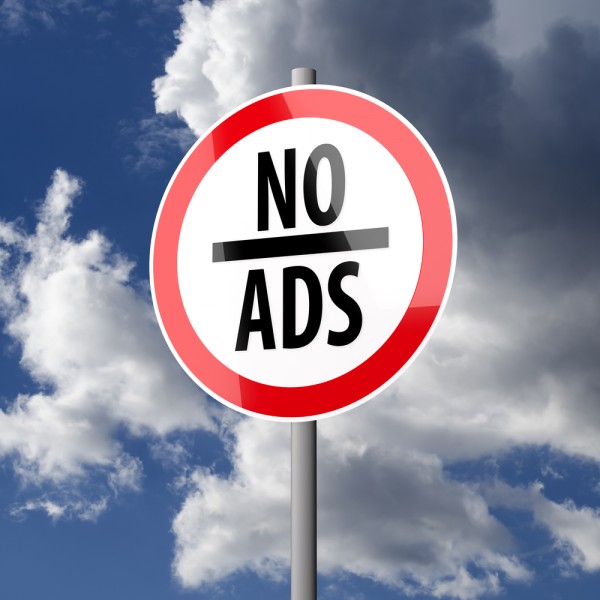
Block ads in iOS 9 with Peace
Ad-blockers are proving to be extremely popular with the early adopters of iOS 9. Shortly after the operating system's debut, Peace skyrocketed to the top of the paid apps chart on Apple's App Store, taking Minecraft: Pocket Edition's place on the podium, while rival Purify Blocker has risen to fourth place.
Current leader Peace is the work of iOS developer Marco Arment, best known for the popular read-it-later app Instapaper. Since Peace will surely get the attention of many more users, let's take a look at what it has to offer.
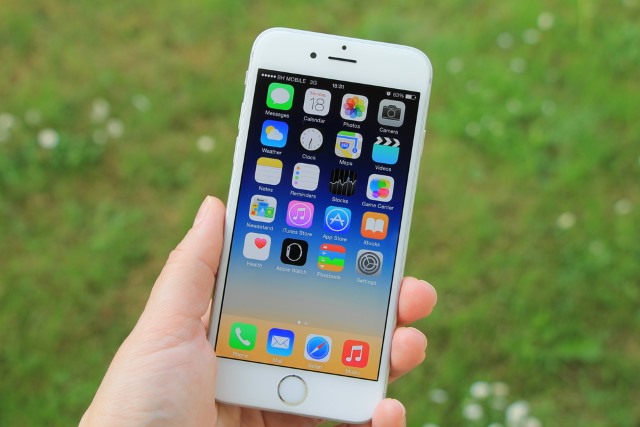
AirDrop exploit can be used to push malicious apps to iOS and OS X
A vulnerability has been discovered in iOS and OS X that could be used to install apps without permission, using AirDrop. The feature exists to provide a way for people to quickly send files from one device to another, but security researcher Mark Dowd has been able to exploit the vulnerability to push apps to iOS even if the user does not accept the file that is AirDropped.
Dowd has reported the vulnerability to Apple, but the company has failed to patch the problem so it still exists in iOS 9. Using a combination of techniques, it is possible to bypass the security screen that asks if an app is to be trusted or not, meaning that a malicious app can be installed without permission or notification.
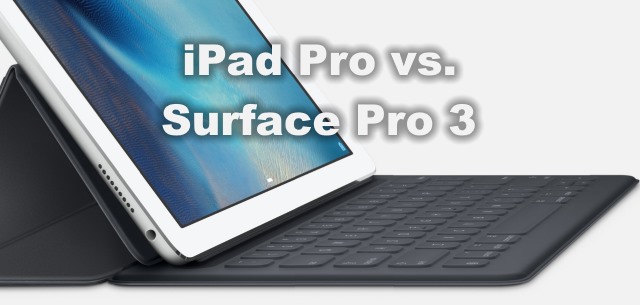
Should you buy an iPad Pro or a Surface Pro 3?
This might seem like an easy question to answer. On the face of it, if you like Apple, opt for the iPad Pro. If you fall into the Microsoft camp, buy yourself a Surface Pro 3. But perhaps it's not quite that simple. Apple touts the iPad Pro as being the tool to increase your productivity, while Microsoft pitches the Surface Pro as blending the best of a tablet with the power of a desktop. But which is better?
'Better' is very subjective, but let's try to look at things as objectively as possible. Price is going to be a key concern for many people, and both devices start at $799 and while this is obviously a similarity, it also highlights a key difference. Part with $799 and you can buy either a 32GB iPad Pro, or a 64GB Surface Pro 3. Neither comes with a cover or keyboard as standard, but the Surface includes a pen while the Apple Pencil will set you back a further $99. Of course, the comparison is about much more than just price.

New Apple TV's limitations are deal-breakers
Apple just unveiled its new Apple TV at a media event. The set-top box, which is part gaming console as well, boasts several new functionalities including the iOS-based tvOS, support for voice-search Siri, and a new app store designed just for the media streaming device. Despite all these features, there are a couple of off-putting limitations that you should consider before purchasing the new Apple TV.
The Apple TV was rumored to be a great gaming console with support for tons of iOS titles. But when Apple stepped on the stage to make the announcement, not only did the company not announce those features, making it clear that not all the iOS games will support the TV, a couple of things that the company did unveil now are making the whole package, which starts at $149, less exciting.

iOS 9 gets an official release date
The next version of Apple’s mobile operating system was announced three months ago, and developers and brave beta testers have been able to try it for a while. What we didn’t know -- until today -- was when the latest iteration would be available to the world at large.
If you’ve been waiting for iOS 9 the great news is you don’t have too much longer to go. The updated Apple OS will be available to iPhone, iPad and iPod touch users from September 16.
